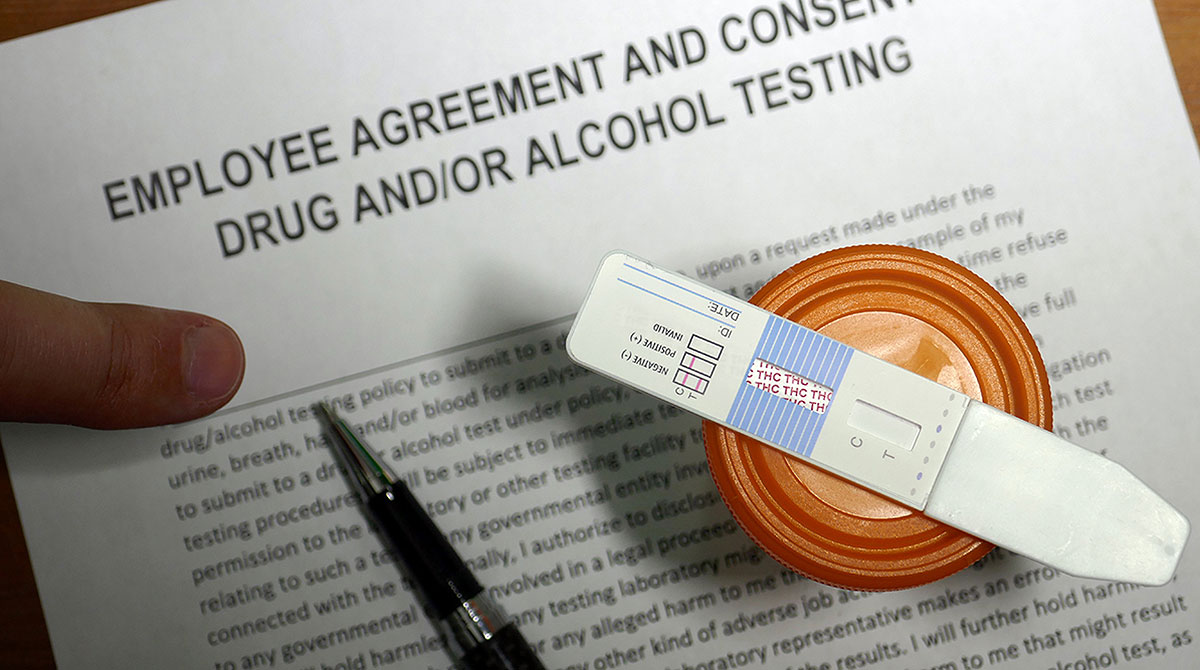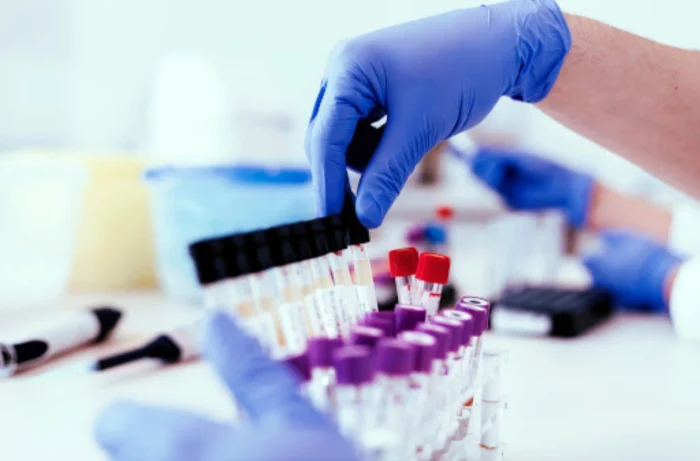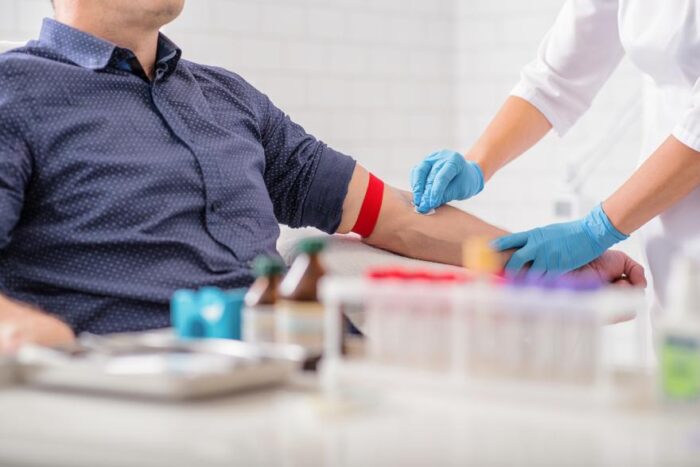
If you’re looking for a new job, you may have to go through several rounds of screening beforehand. One thing that a potential new employer may ask you to do is take a drug test.
According to onpointlab.net, a pre-employment drug screening toxicology test can show whether you have substances in your system at the time or if you’ve used them in the recent past.
A toxicology screening can be done using urine or blood most often. Less commonly, hair, sweat, or saliva can be used to detect drugs in the system.
1. Why Employers Do Drug Screenings

While you might feel like pre-employment drug screening is unnecessarily invasive, from the employer’s point of view, there are some very good reasons to do it. First, it makes the workplace safer and reduces the risk of accidents and injuries.
Screenings can prevent drug use on the job, and some employers have to do it to stay compliant with regulations specific to their industry. Drug screenings can also reduce the chance of employee turnover and absenteeism.
Up to 50% of worker’s compensation claims are related to substance abuse, and drug use can lead to as much as a five-fold increase in injury claims at work. Substance impairment can lead to a 3.5 times higher likelihood of accidents, and substance use increases the likelihood of an employee missing eight or more days a year by 2.5 times.
Substance use can also diminish productivity by 33% on average.
It is getting more challenging to do these screenings from the perspective of an employer, though, because laws are changing quickly around the country with regard to medicinal and recreational marijuana and they have to keep up.
2. How These Tests Work
The goal of a pre-employment drug test is to determine if a prospective hire is using any illegal substance or misusing prescription medications. It could also be done when someone returns to work after an absence or injury. In that scenario, it’s often referred to as a pre-placement drug test.
A job offer may be contingent on a person passing a drug test.
The drug screens most often look for:
- Methamphetamines—speed, meth, ecstasy
- THC—cannabinoids, hash, marijuana
- Cocaine—crack and powdered coke
- Opiates—morphine, codeine, opium, heroin
- Phencyclidine—PCP, angel dust
An employer can request a custom drug panel, too, if they’d like to check for the use of other substances not on a standard five-panel screen.
Urine is the most common option for regulated drug tests, including the ones the U.S. Department of Transportation (DOT) conducts.
From the employer’s standpoint, the downside of a urine test is that it has a short detection window. An illicit substance will stay detectable for 5-10 days in urine. In a hair test, use can be detected for up to 90 days, but these tests are more expensive, and it takes longer initially for a substance to show up after it’s used.
Blood testing is rarely used. It’s accurate but invasive and expensive. There’s also a shorter detection time.
Saliva tests are less invasive, but the detection window is shorter than urine tests.
3. The Legality of Drug Testing Employees

Each state can make its own laws regarding drug testing employees. Employers, regardless of the state they’re in, should follow some guidelines.
The applicant should know in advance that they’re going to submit a drug test as part of the new employee screening process. Applicants for the same job have to undergo the same type of test, and drug tests have to be administered by a lab that’s state-certified.
Variations in state law can relate to the types of employers that must comply and when employers can refuse to hire based on a drug screening. State laws also dictate if someone can contest or explain a positive result and when drug test results expire.
4. Screening for Continued Employment
Employers can, in some cases, require drug screenings for current employees as well as conducting pre-employment screenings.
One of the common reasons that an employer might do screenings on current employees is if they have reasonable suspicion or there’s probable cause. A supervisor should document the behavior that they believe signals possible drug or alcohol use happening in violation of the company policy.
An employer needs to have clear and consistent definitions of the behaviors that would trigger testing.
Some employers will do drug testing if there’s an accident at work, but often they won’t know if the employee was actually intoxicated at the time it happened because they show past use. Some companies will also do random, unannounced drug screenings on employees.
5. Other Types of Drug Tests

Drug testing may also occur in these situations:
- An employer can test employees for alcohol and drug use as part of annual physical exams. Employees should know that drug testing will be part of the exam. If an employer fails to provide notification ahead of time, it’s considered a violation of the constitutional rights of the employee.
- Post-treatment tests can occur after an employee returns to work once they complete a rehab program.
- Random testing was mentioned above, and it uses an unpredictable selection process and is often described as the most effective way to deter illicit drug use.
6. How Long Drug Use Will Show Up
Finally, for an employment drug screening, you may wonder how long substance use will show up. It can vary quite a bit.
Factors that determine how long a substance will stay in your system include:
- Type of drug used
- The amount
- Frequency of use
- Body mass
- Drug tolerance
- Hydration levels
- Physical activity
- Metabolic rate
- Medical conditions
- Gender
- Weight
- The presence of other drugs or alcohol
- The drug’s half-life
Marijuana, for example, can show up in a urine test for up to 20 days after someone uses it and a hair test for up to 90 days. Opioids can show up in a urine test usually for up to three days, and cocaine can show up for up to three days in a urine test as well.








